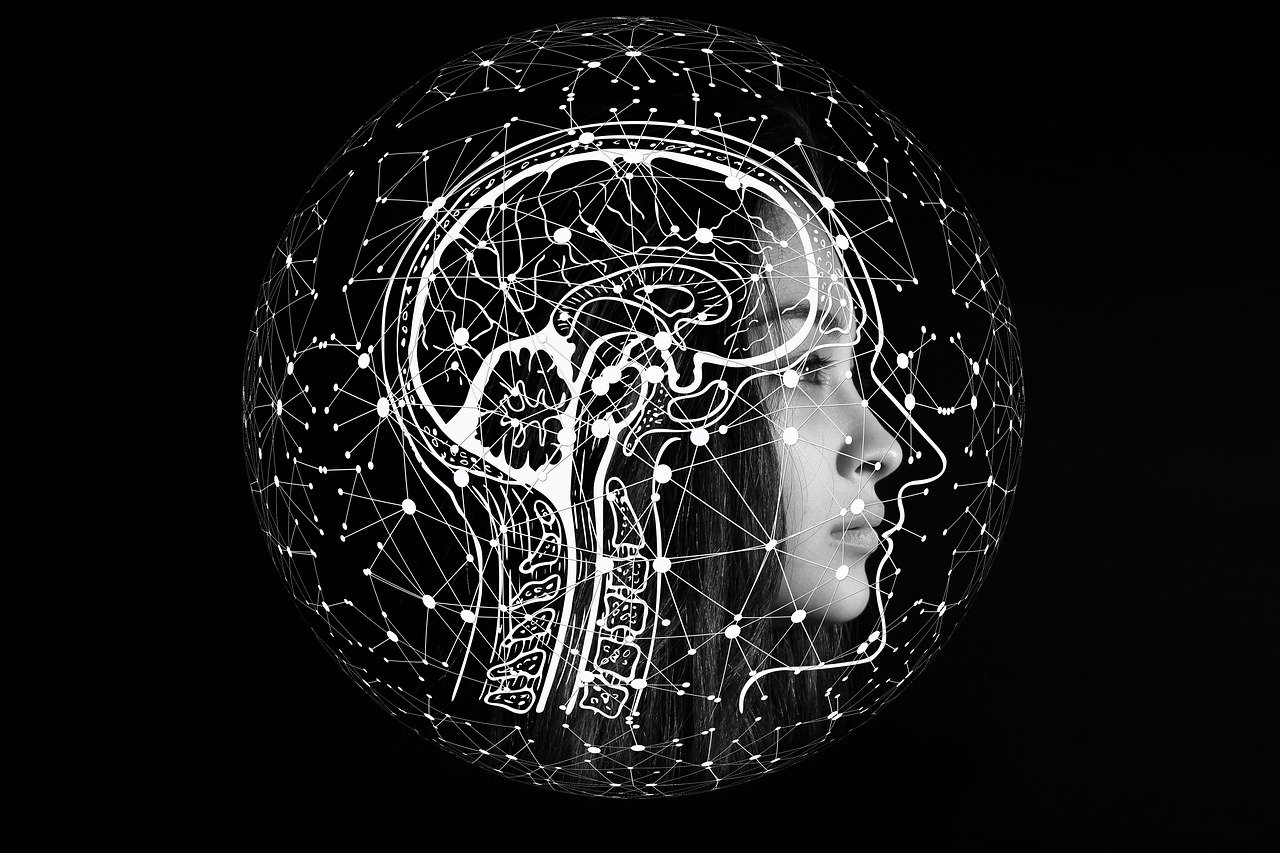Getting Started with Data Science: Essential Tools and Techniques

July 19, 2023
In today’s data-driven world, data science has emerged as a powerful discipline that empowers businesses and organizations to extract valuable insights from vast amounts of data. If you’re interested in embarking on a journey into this fascinating field, this article will guide you through the essential tools and techniques you need to get started. Whether you are a beginner or have some programming experience, they are sure to help you build a solid foundation in data science.
First Steps
Data science is an interdisciplinary field that combines techniques from mathematics, statistics, computer science, and domain knowledge to extract valuable insights and knowledge from data. It involves collecting, organizing, analyzing, and interpreting large and complex datasets to uncover patterns, trends, and correlations that can drive informed decision-making and solve complex problems. Data scientists utilize a wide range of tools and techniques, including programming languages like Python and R, statistical modeling, machine learning algorithms, and data visualization to derive meaningful insights from data.
At the core of data science lies the data lifecycle, which encompasses various stages, including data collection, data cleaning and preprocessing, exploratory data analysis, feature engineering, model building and training, and model evaluation. Data scientists employ statistical techniques and machine learning algorithms to develop predictive models and make data-driven predictions or recommendations. These models can be used in a variety of domains, such as finance, healthcare, marketing, and social sciences, to optimize processes, identify patterns, detect anomalies, and make data-backed decisions.
Data science is driven by the abundance of data available today, often referred to as “big data.” With the advent of technologies like cloud computing and distributed computing frameworks, data scientists can efficiently process and analyze massive datasets that were previously unmanageable. Additionally, advancements in deep learning and artificial intelligence have opened up new avenues for data science applications, enabling the development of sophisticated models capable of understanding unstructured data like images, text, and speech.
What is the difference between a data analyst and a data scientist
The functions
Data science plays a pivotal role in today’s digital age, where data is generated at an unprecedented rate. It enables businesses to gain a competitive edge by leveraging insights from customer behavior, market trends, and operational data. Governments can utilize data science to make data-driven policies and improve public services. Data science also fuels advancements in fields like healthcare, where it aids in disease diagnosis, drug discovery, and personalized medicine.
However, data science is not only about the technical aspects. It also involves critical thinking, problem-solving, and effective communication skills. Data scientists must possess a strong understanding of the domain they are working in. This allow them to ensure the insights derived from data align with the business objectives or research goals. They need to be proficient in storytelling and data visualization to effectively communicate complex findings to diverse audiences, including stakeholders, decision-makers, and the general public.
In summary, data science is a dynamic and rapidly evolving field that harnesses the power of data to drive innovation and solve complex problems. By combining technical skills, domain knowledge, and analytical thinking, data scientists can extract valuable insights from data and make data-driven decisions that have a significant impact on industries, society, and the world at large.
Getting started
To have an optimized start in your data science journey, there are basic tools you must have knowledge of. Let’s see them.
Python
Python is widely regarded as one of the best programming languages for data science. Its simplicity, versatility, and extensive libraries make it a preferred choice for data scientists. Python’s intuitive syntax and readable code allow you to quickly prototype and experiment with different algorithms and techniques. Furthermore, Python’s ecosystem offers powerful libraries for data manipulation, analysis, and visualization.
- NumPy: NumPy is a fundamental library for numerical computing in Python. It provides support for large, multi-dimensional arrays and matrices. Also, with a vast collection of mathematical functions to operate on these arrays efficiently.
- Pandas: Pandas is a versatile library that provides high-performance data structures and data analysis tools. It allows you to handle and manipulate structured data, such as CSV files or SQL tables, using powerful data structures like DataFrames.
- Matplotlib: Matplotlib is a popular data visualization library in Python. It offers a wide range of plotting functionalities to create various types of charts, including line plots, scatter plots, bar plots, and histograms. Matplotlib enables you to present your findings visually and communicate insights effectively.
Jupyter Notebooks
Jupyter Notebooks is an interactive coding environment that allows you to write, execute, and visualize code in a web browser. It supports multiple programming languages, including Python, R, and Julia. Jupyter Notebooks are particularly valuable in data science because they enable you to combine code, visualizations, and explanatory text, making it easier to present and share your work. The ability to run code in individual cells and see the output immediately promotes an iterative and exploratory approach to data analysis.
Jupyter Notebooks also provide the flexibility to document your thought process, explain your methodology, and showcase intermediate results. This interactive environment encourages collaboration and enables others to replicate and build upon your work.
How to Learn AI Skills on Windows 11 PC
SQL
Structured Query Language (SQL) is a domain-specific language used for managing and manipulating relational databases. Understanding SQL is crucial for working with large datasets stored in databases. It allows you to extract, transform, and analyze data efficiently. Familiarize yourself with the fundamental SQL operations such as SELECT, JOIN, and GROUP BY, as they form the backbone of data retrieval and aggregation.
SQL allows you to query databases to retrieve specific subsets of data, filter records based on conditions, combine data from multiple tables using joins, and perform aggregations to summarize information. Additionally, learning advanced SQL techniques such as subqueries and window functions will enhance your data manipulation capabilities.
Data Visualization
Visualizing data is essential for understanding patterns, trends, and relationships. Tools like Matplotlib and Seaborn in Python, as well as Tableau and Power BI, provide powerful visualization capabilities. Learning how to create meaningful visual representations of your data will enable you to communicate insights effectively and make your analyses more impactful.
- Matplotlib: Matplotlib, as mentioned earlier, offers a wide range of plotting functions to create static, publication-quality visualizations. It provides customization options for colors, labels, annotations, and other plot elements, allowing you to tailor the visuals to your specific needs.
- Seaborn: Seaborn is a Python library built on top of Matplotlib that specializes in statistical data visualization. It simplifies the process of creating informative and visually appealing plots for statistical analysis. Examples are distribution plots, regression plots, and correlation matrices.
- Tableau and Power BI: These tools offer interactive and intuitive interfaces for creating visually stunning dashboards and reports. They allow you to connect to various data sources, perform data transformations, and build interactive visualizations with just a few clicks. These tools are particularly useful when presenting your data science findings to non-technical stakeholders.
Machine Learning Algorithms
Machine learning algorithms form the heart of many data science projects. Understanding the basics of various machine learning algorithms such as linear regression, decision trees, and clustering is crucial. Libraries like scikit-learn provide implementations of these algorithms, allowing you to apply them to real-world datasets. Additionally, learning about model evaluation techniques like cross-validation and performance metrics like accuracy, precision, and recall will help you assess the quality of your models.
- scikit-learn: scikit-learn is a popular machine-learning library in Python that provides a wide range of algorithms and tools for data preprocessing, feature selection, model training, and evaluation. It offers a consistent and intuitive API, making it easy to experiment with different algorithms and techniques.
- Deep Learning Frameworks: Deep learning has gained significant popularity in recent years, thanks to its ability to solve complex problems using neural networks. Frameworks such as TensorFlow and PyTorch provide powerful tools for building and training deep learning models. Understanding the basics of neural networks and their architectures will enable you to leverage these frameworks effectively.
Version Control
Version control systems, such as Git, are essential for managing code and collaborating with others effectively. They allow you to track changes, revert to previous versions, and collaborate on projects with ease. Familiarize yourself with basic Git commands. Learn how to use platforms like GitHub or GitLab to host your code repositories and collaborate with other data scientists.
Using version control enables you to work on different branches, merge changes, and maintain a comprehensive history of your project. It also facilitates collaboration with teammates, as it provides a centralized platform for sharing code, reviewing changes, and resolving conflicts.
Why data analytics is important in the e-commerce world
To conclude
Embarking on a journey into data science requires a solid foundation in essential tools and techniques. Python, Jupyter Notebooks, SQL, data visualization, machine learning algorithms, and version control are some of the key elements that will enable you to dive into the world of data science. Remember that data science is a vast field, and continuous learning is crucial. Embrace the process and practice. Explore new concepts and tools to refine your skills and unlock the full potential of data science. With these tools and techniques at your disposal, you are well on your way to becoming a proficient data scientist.








